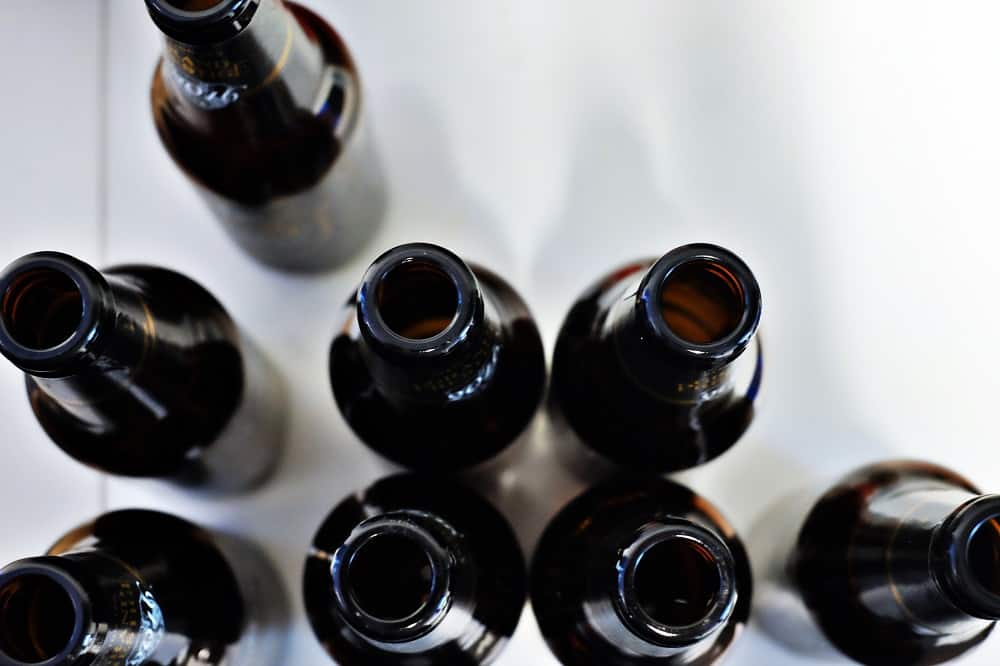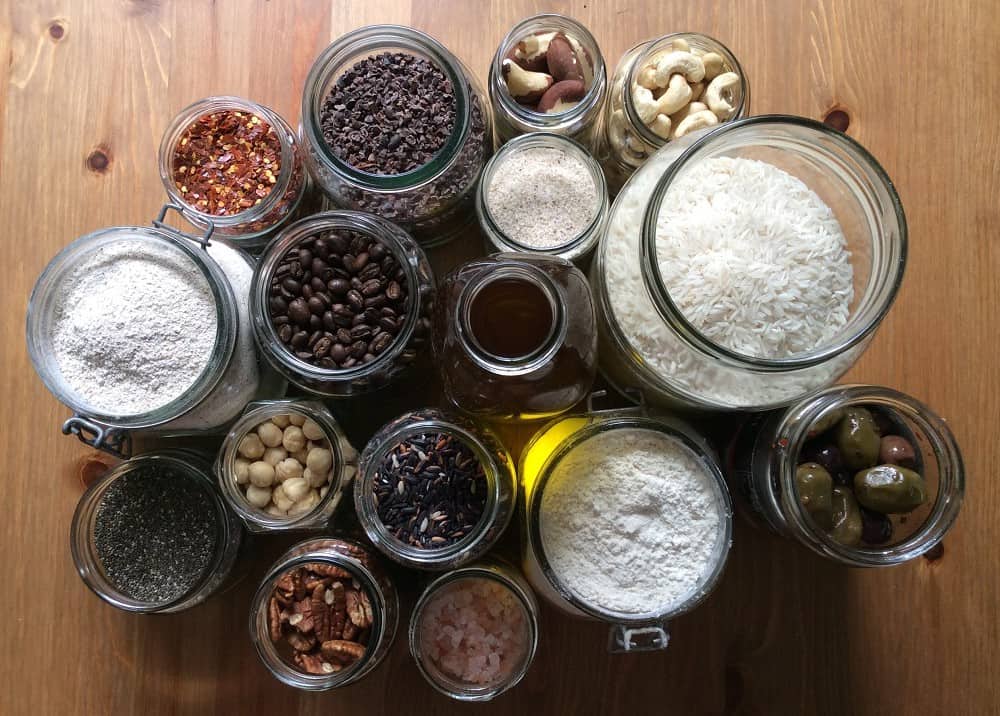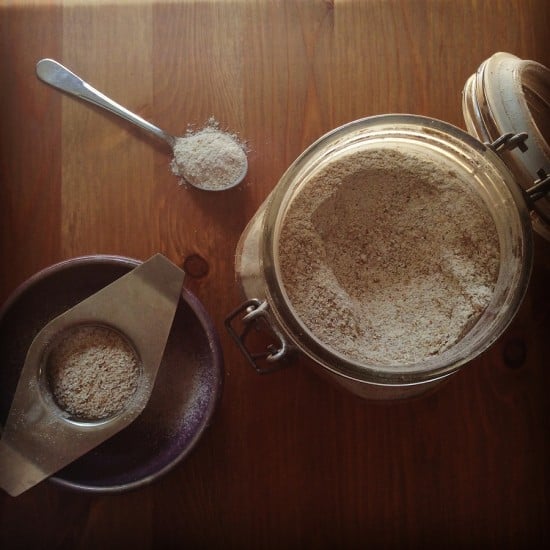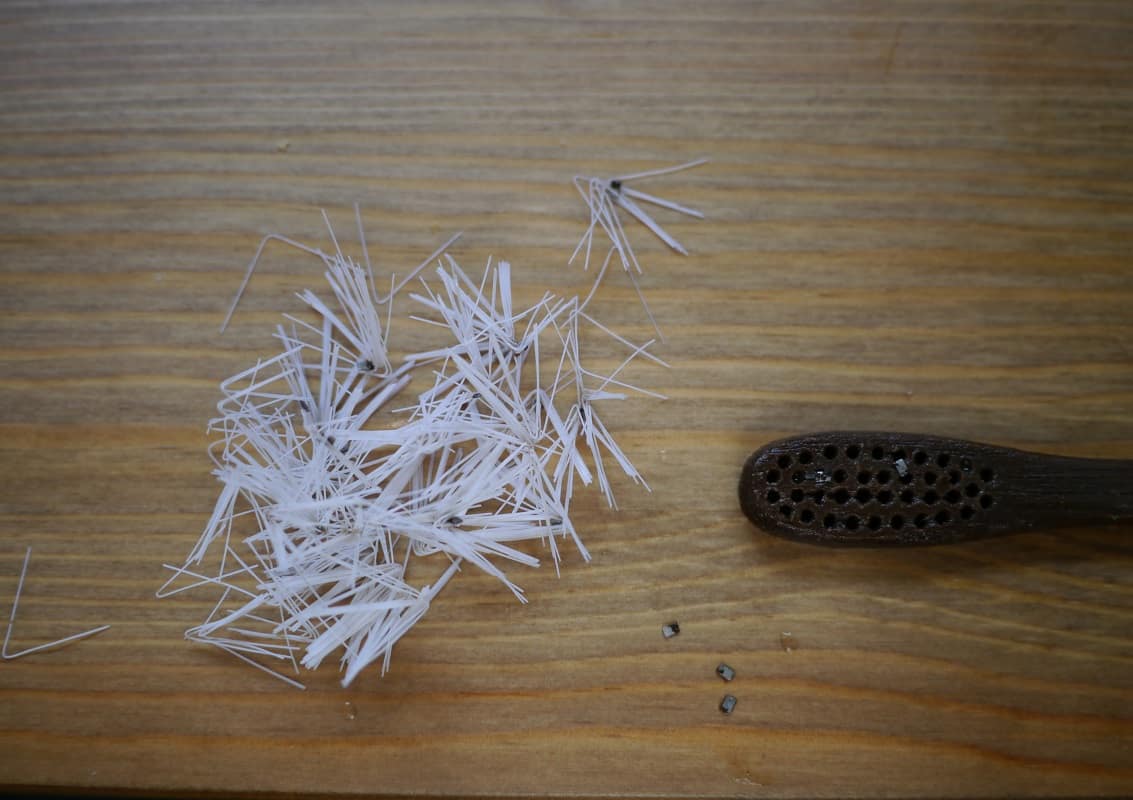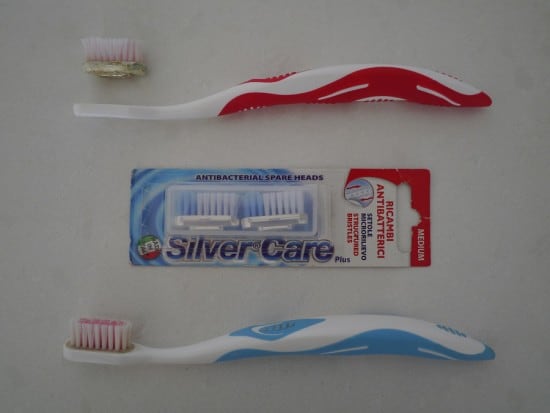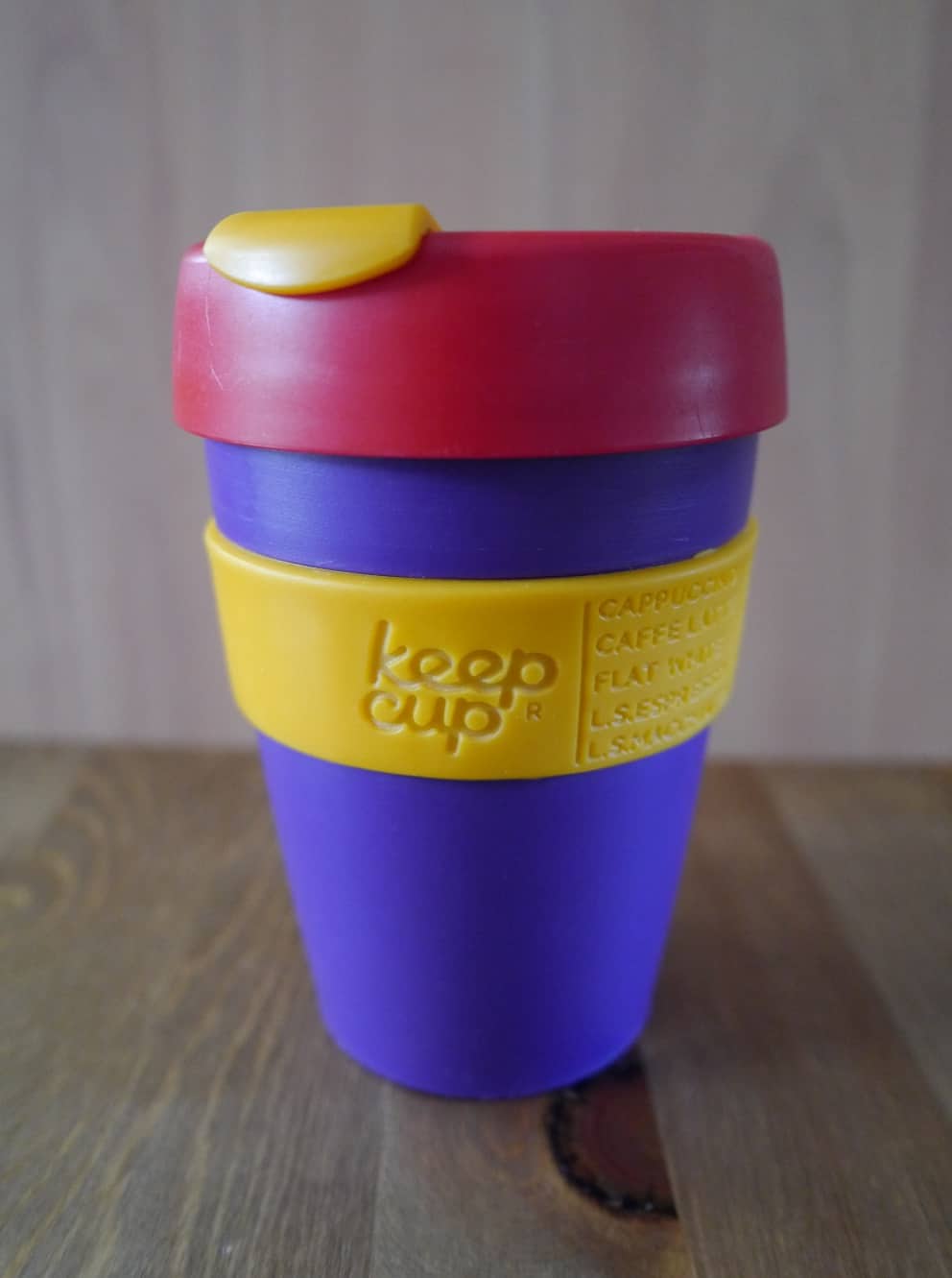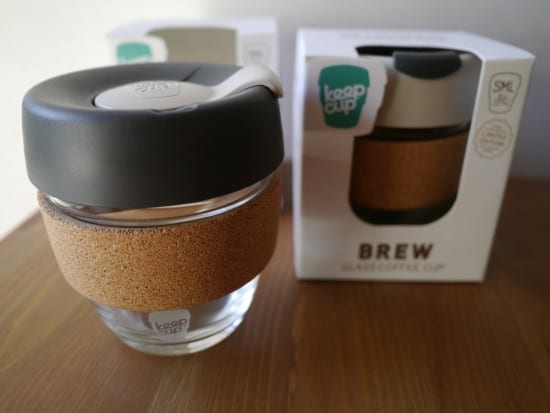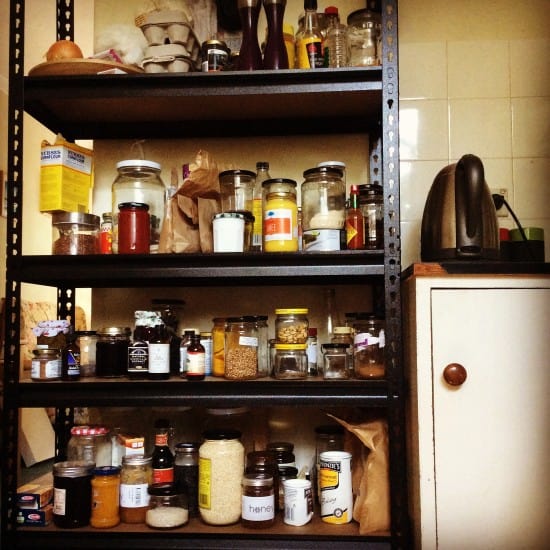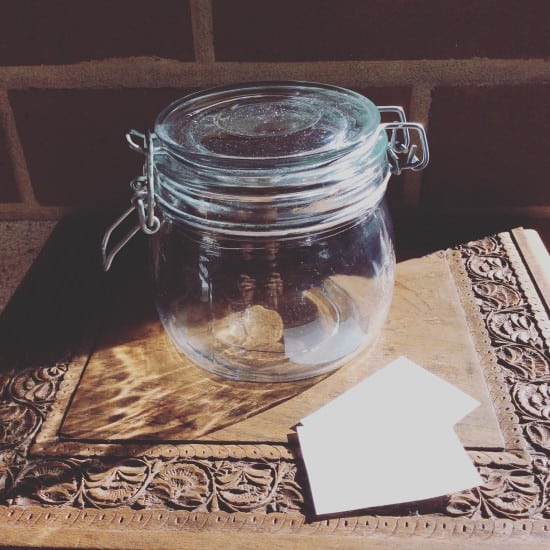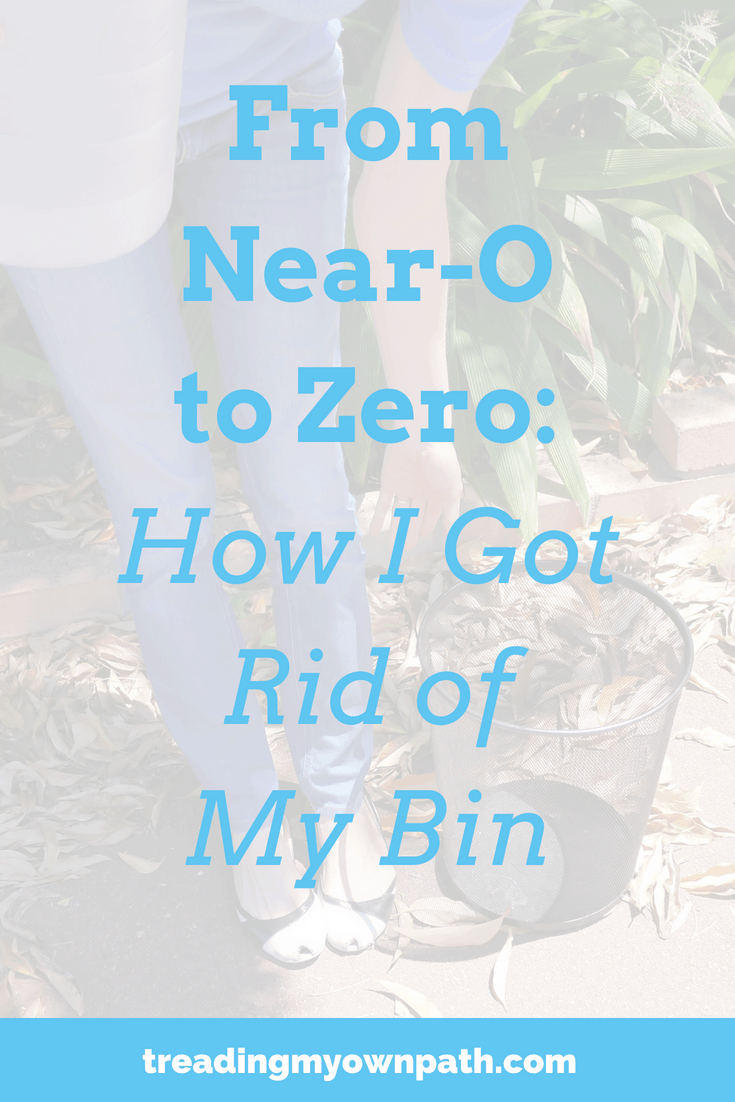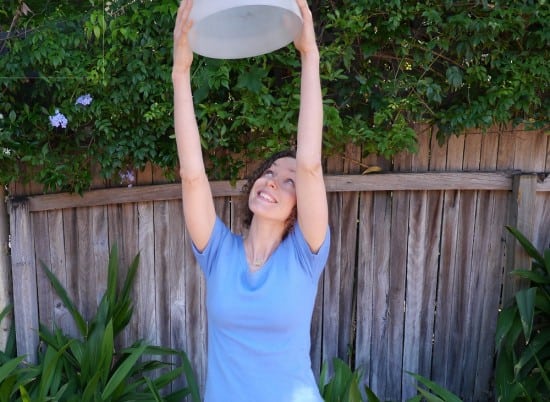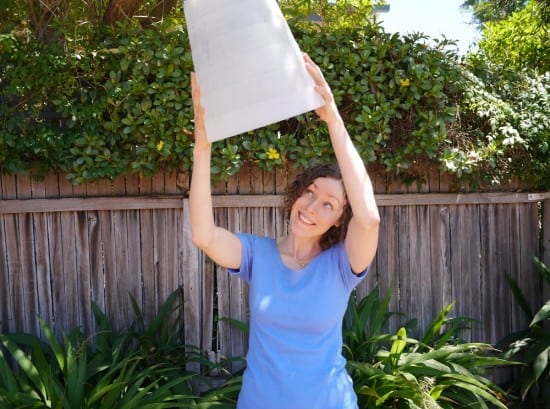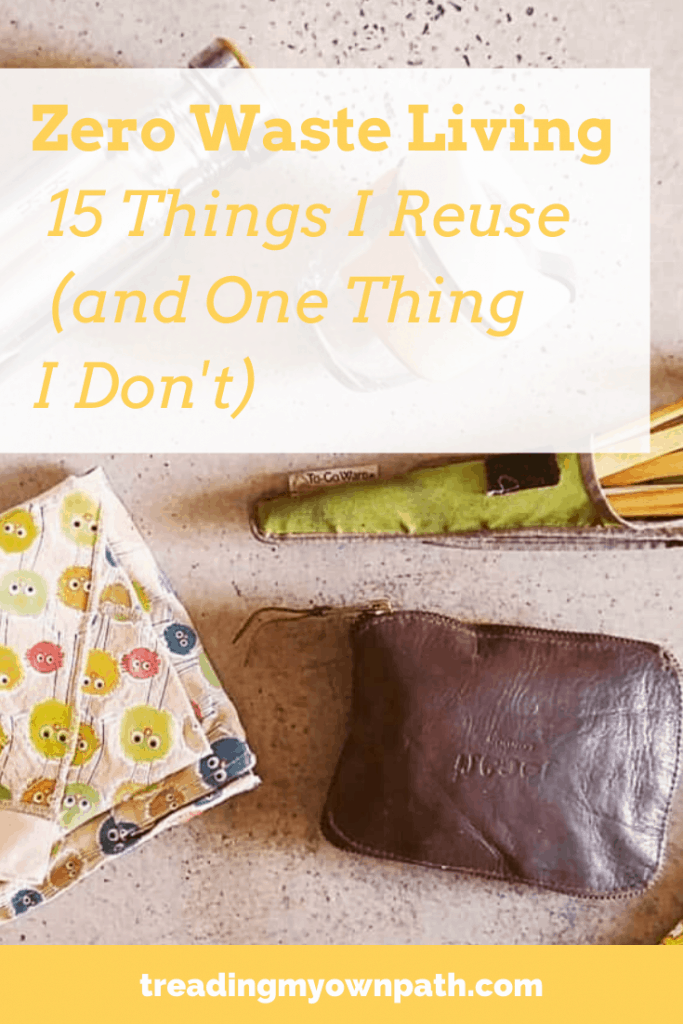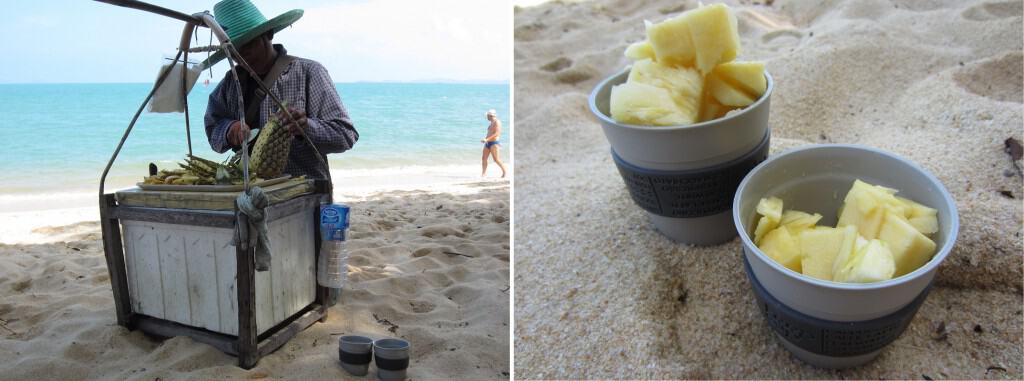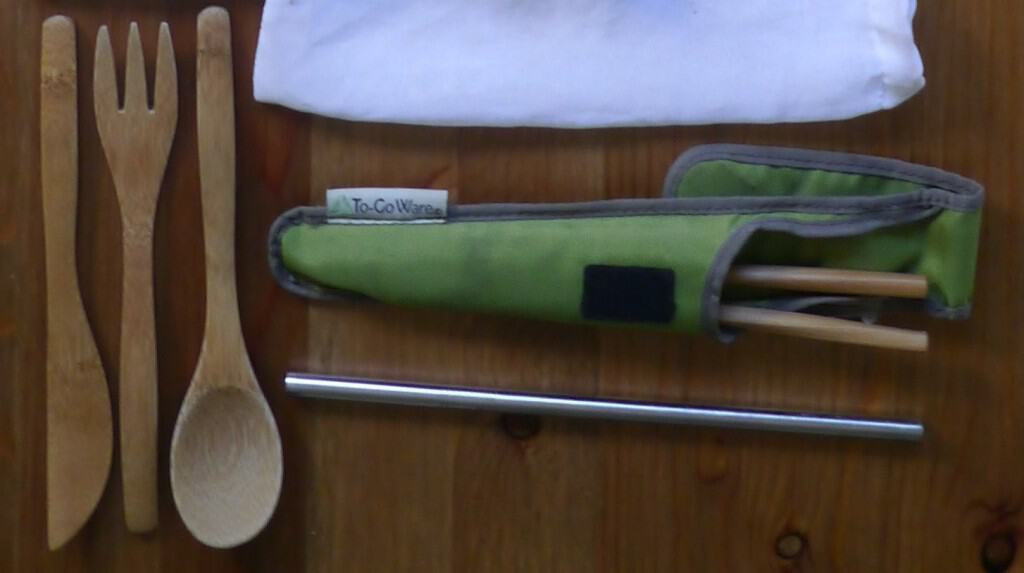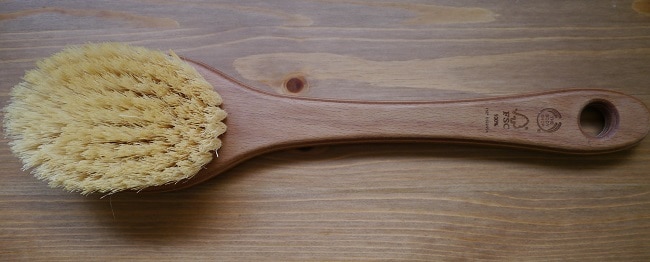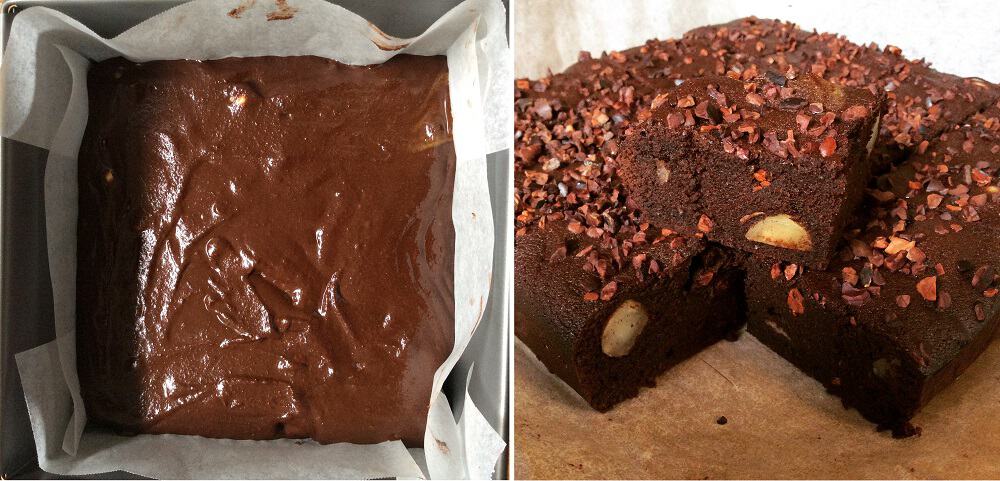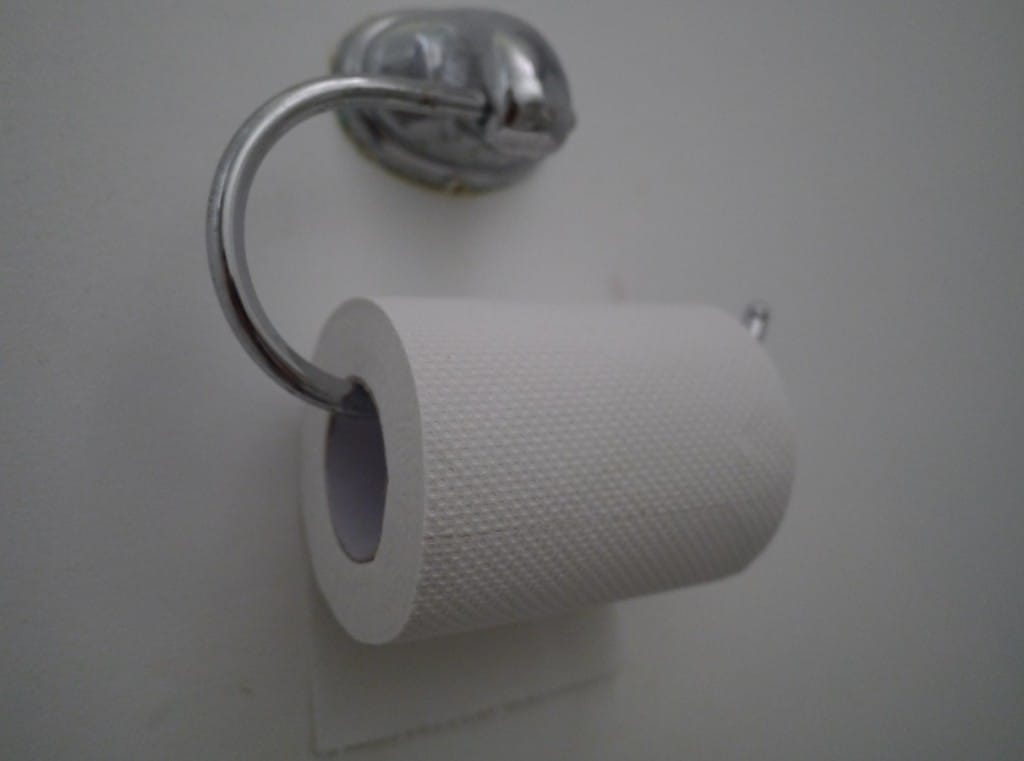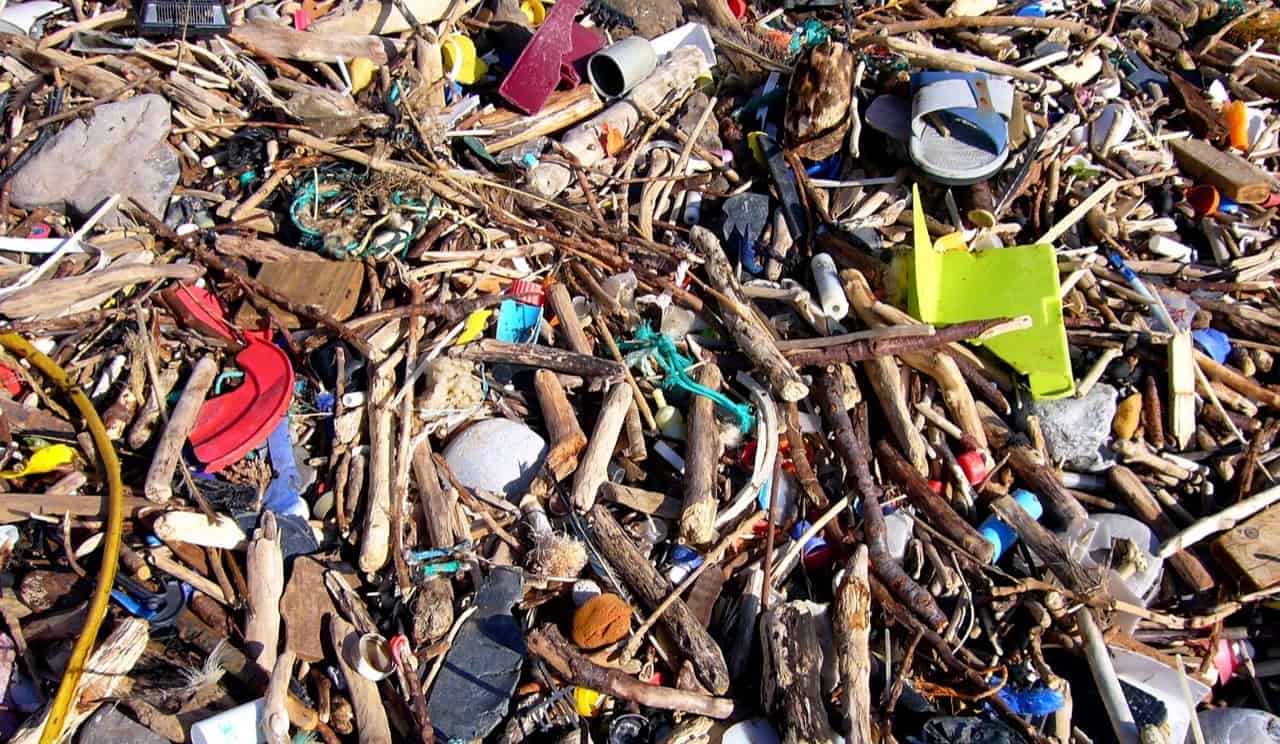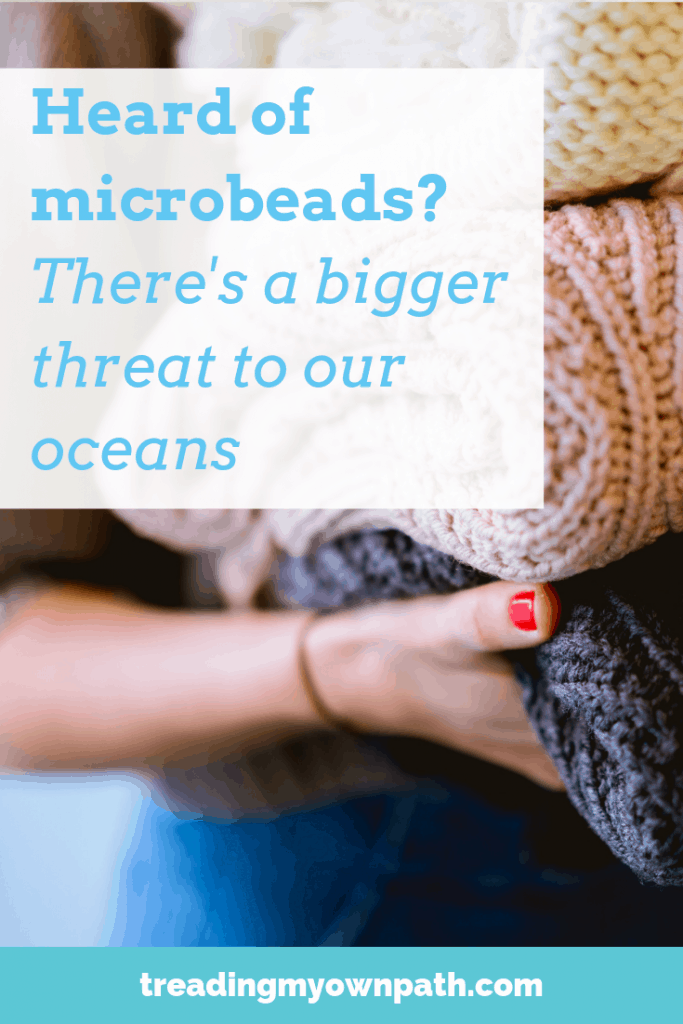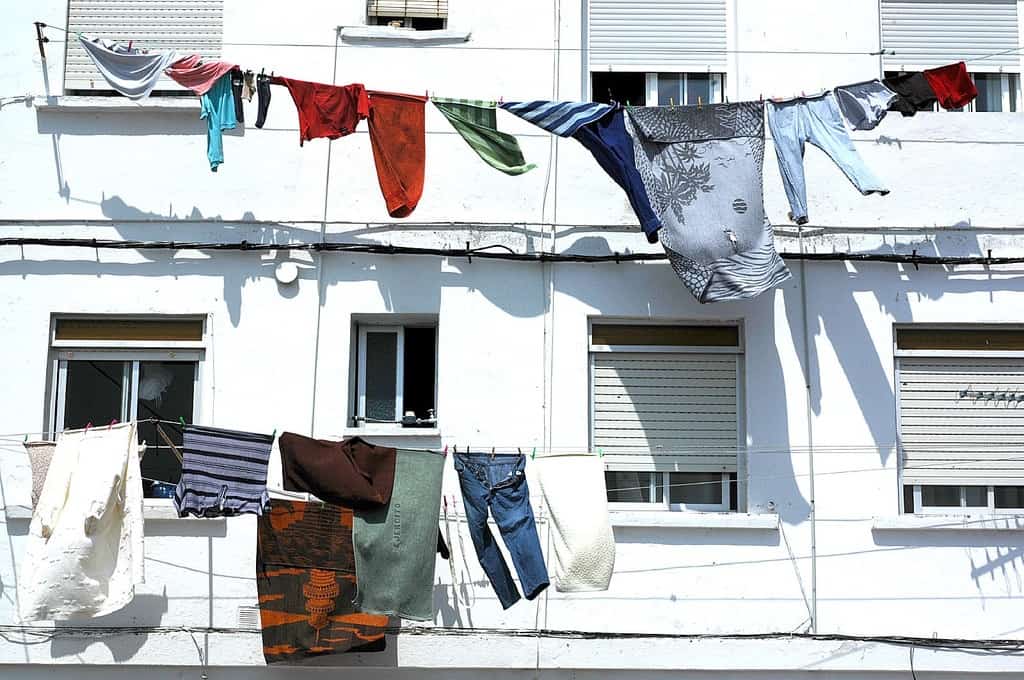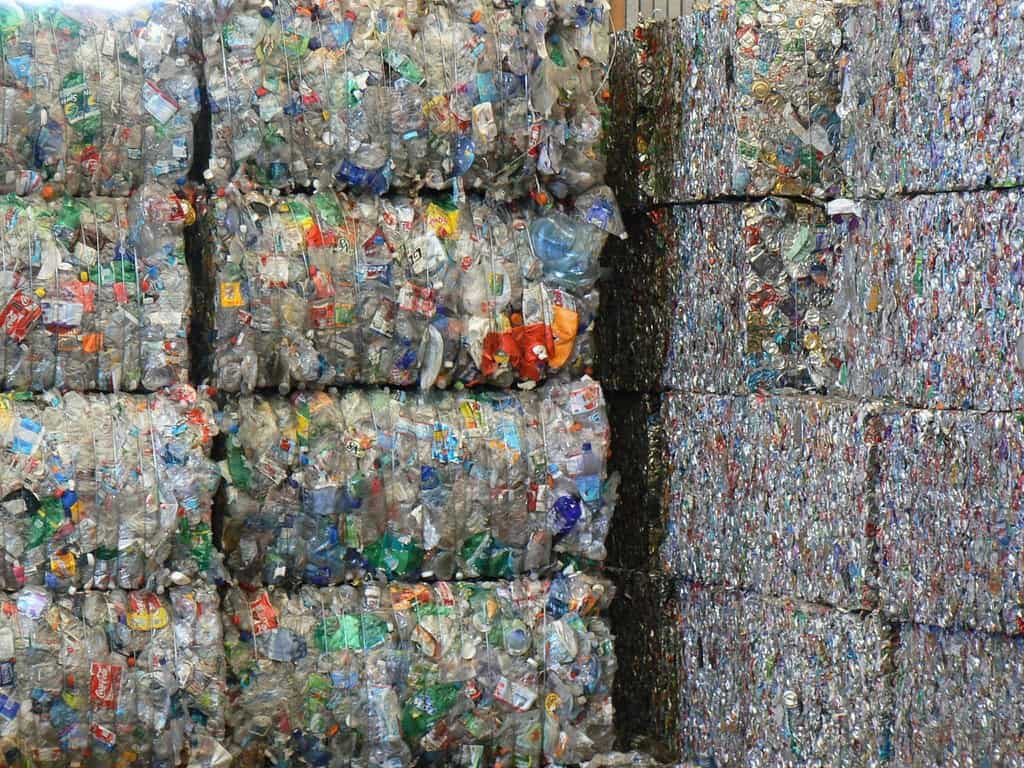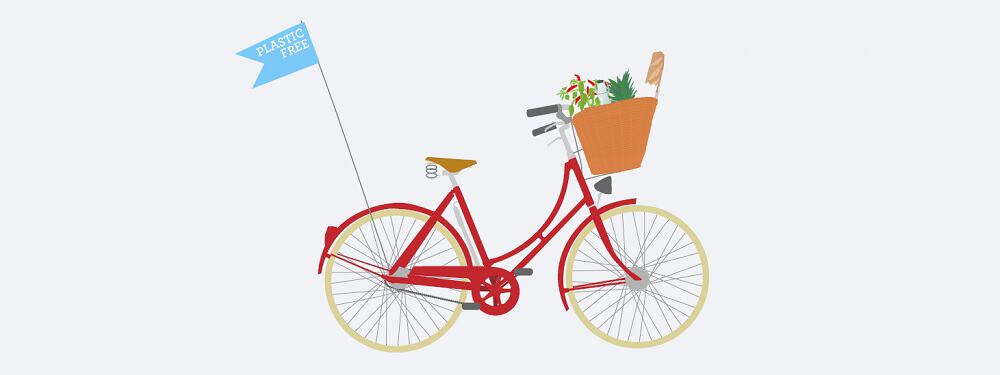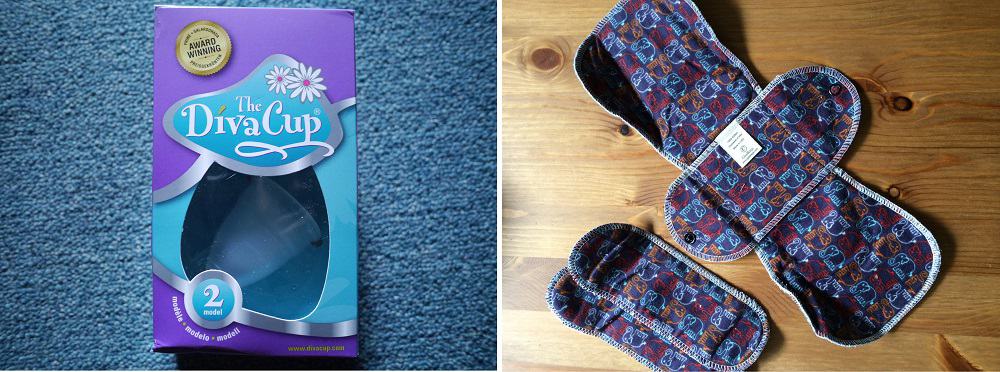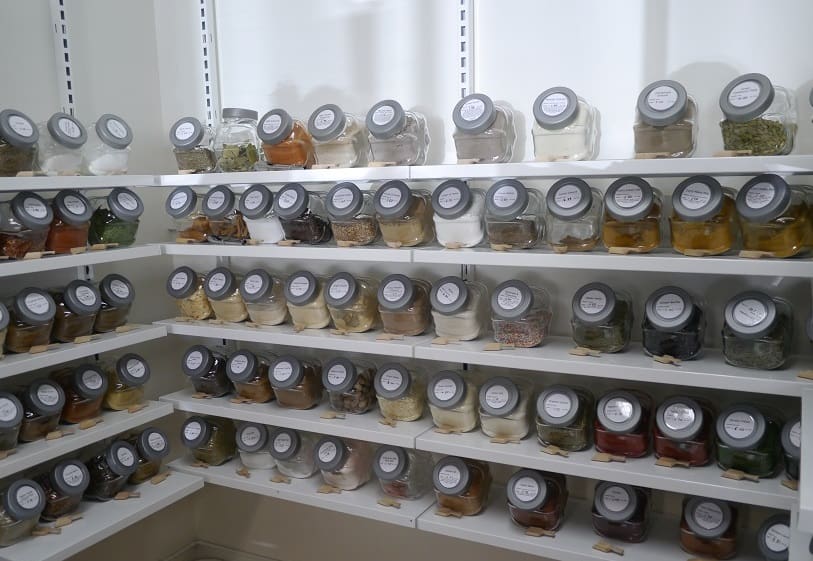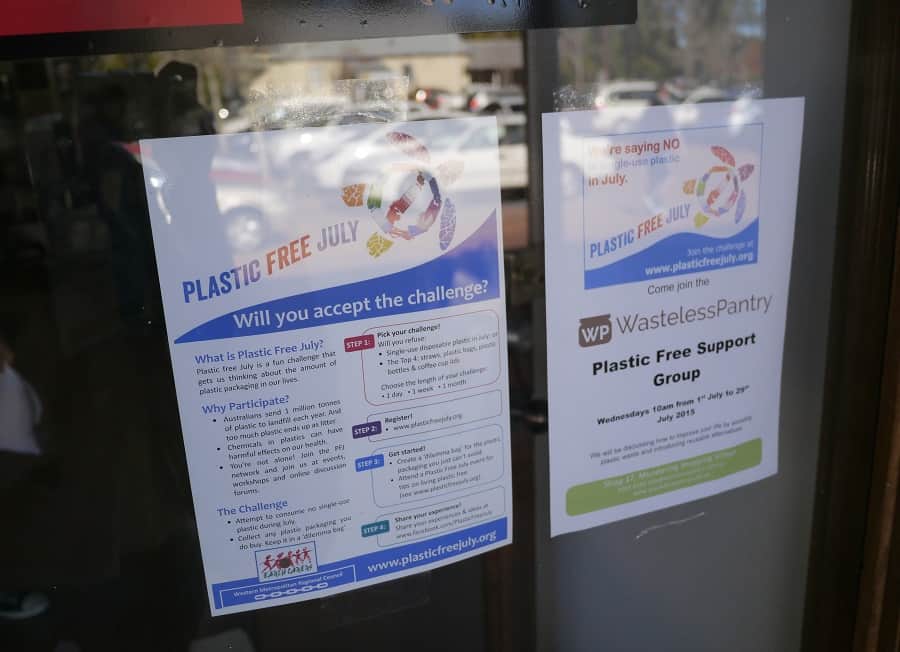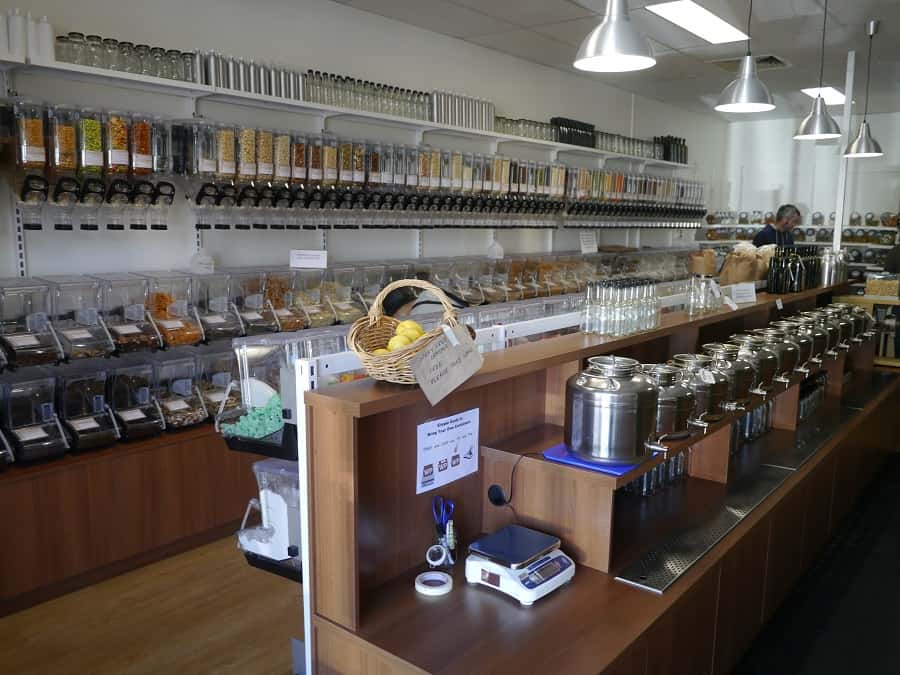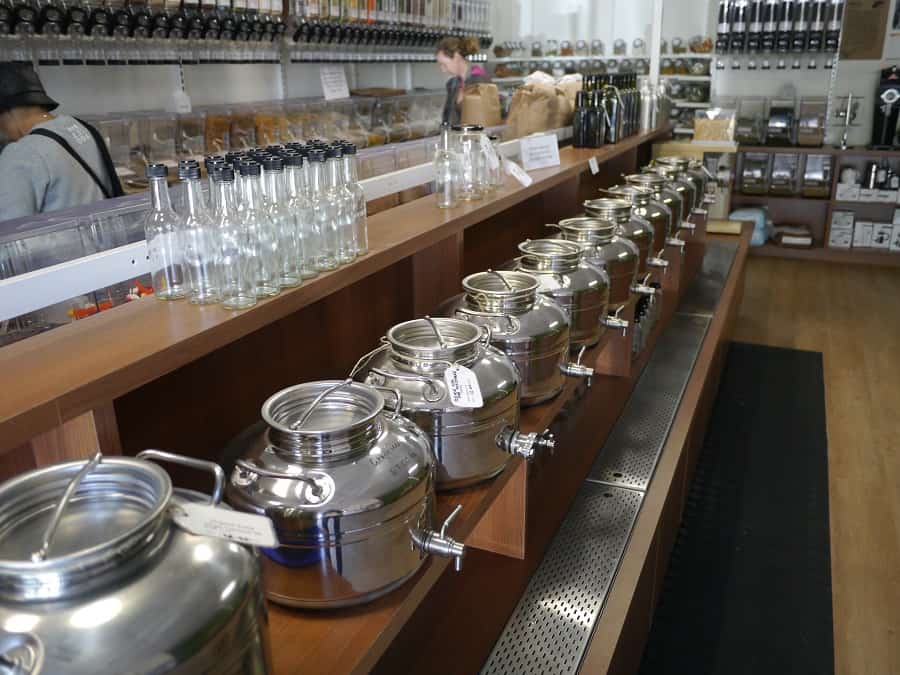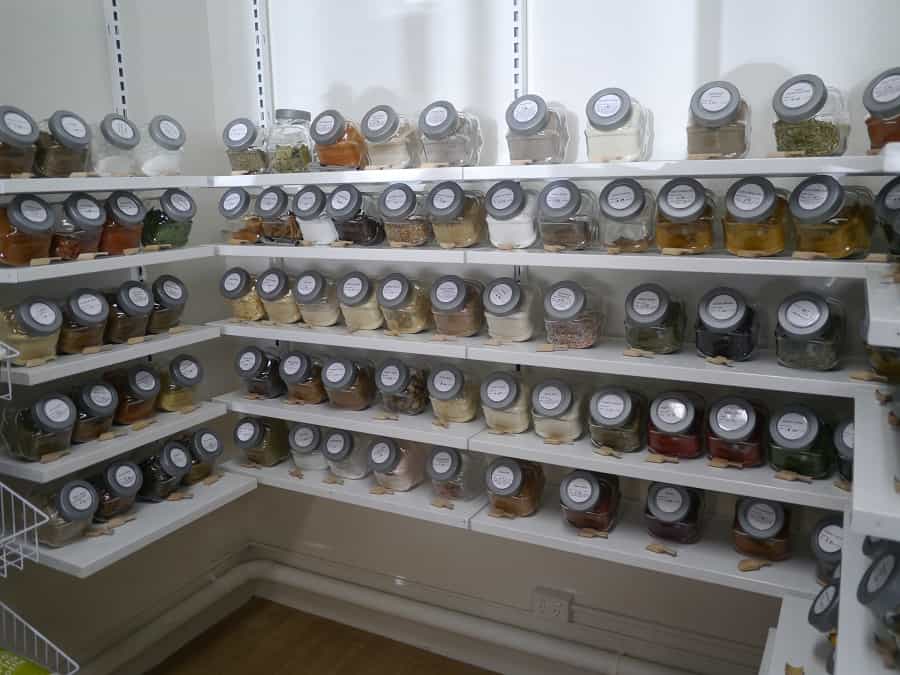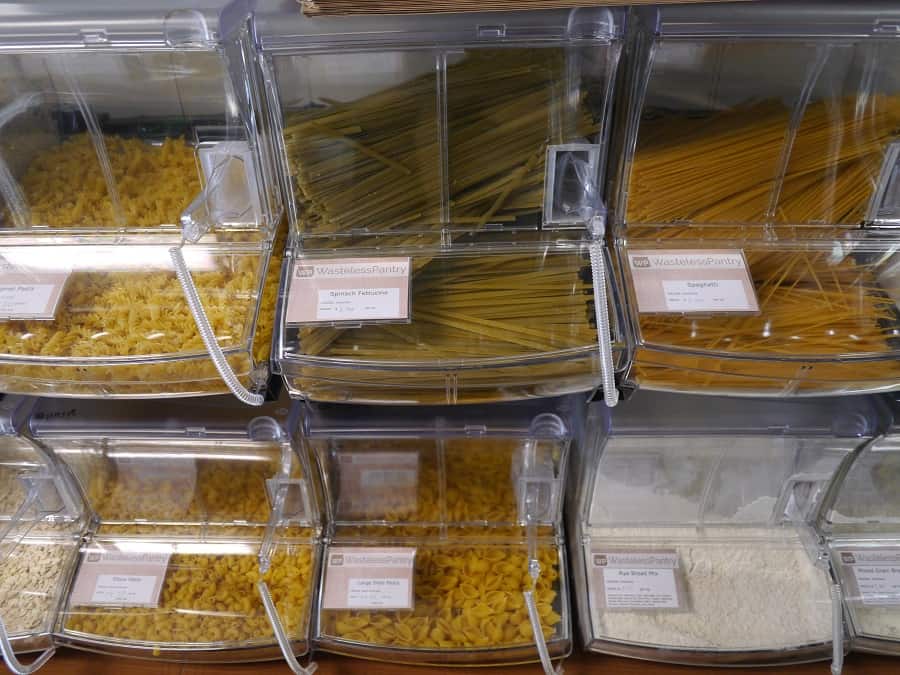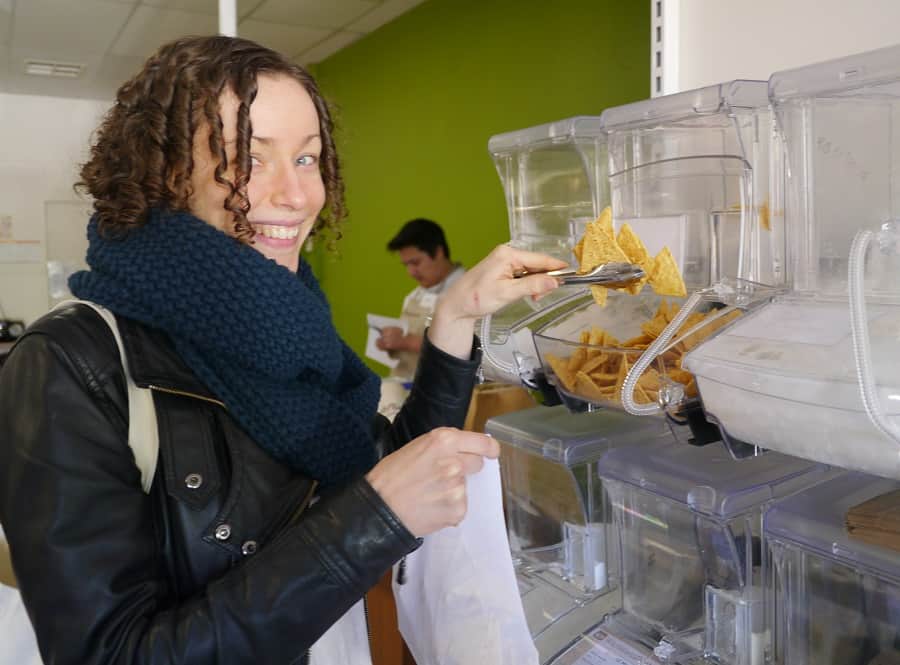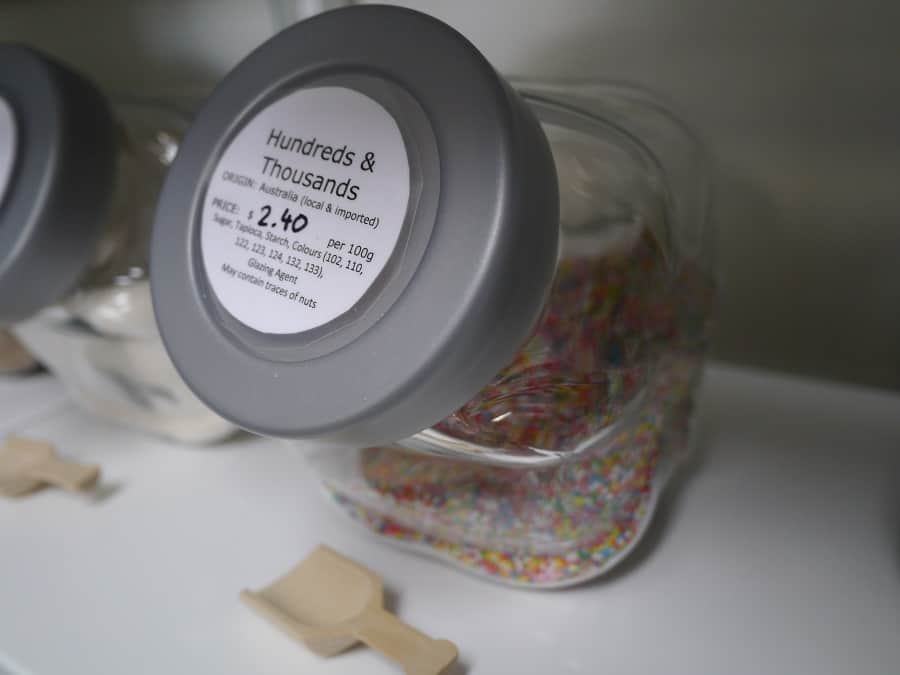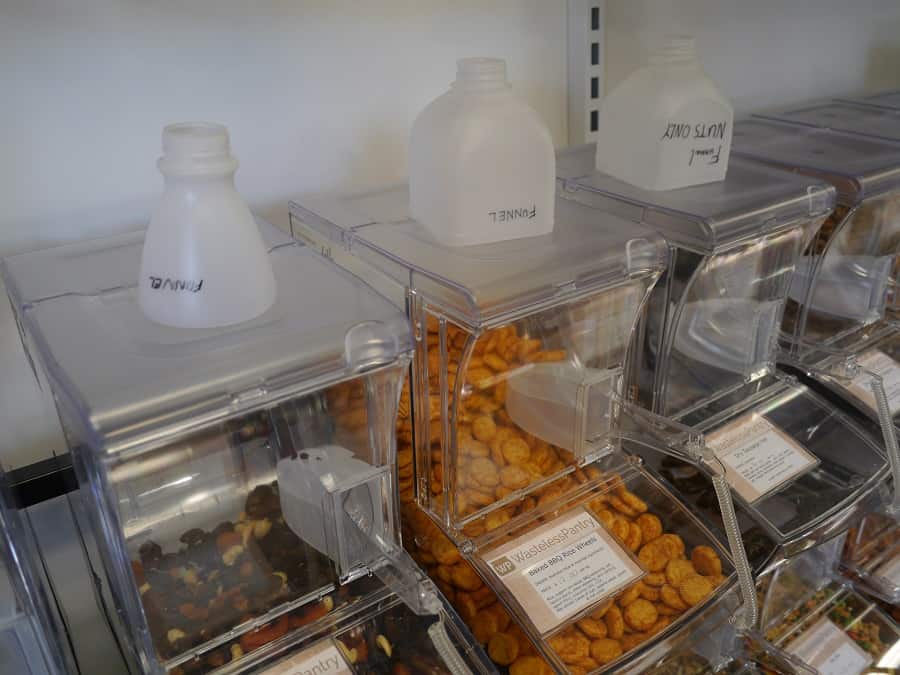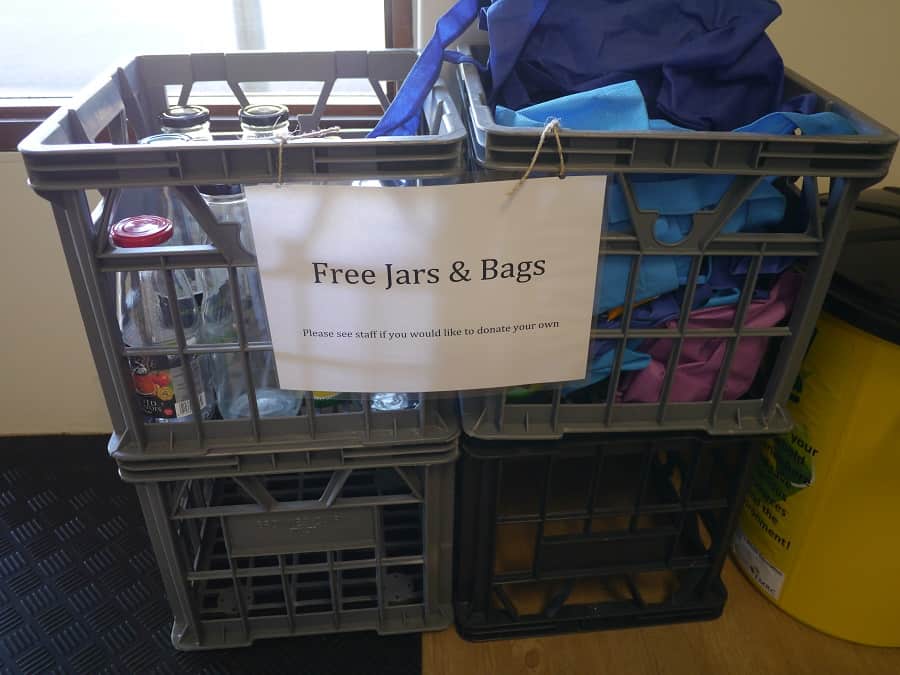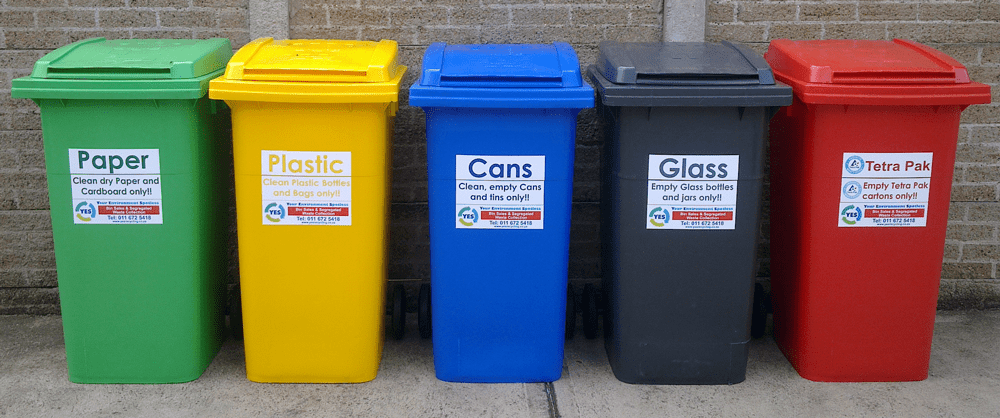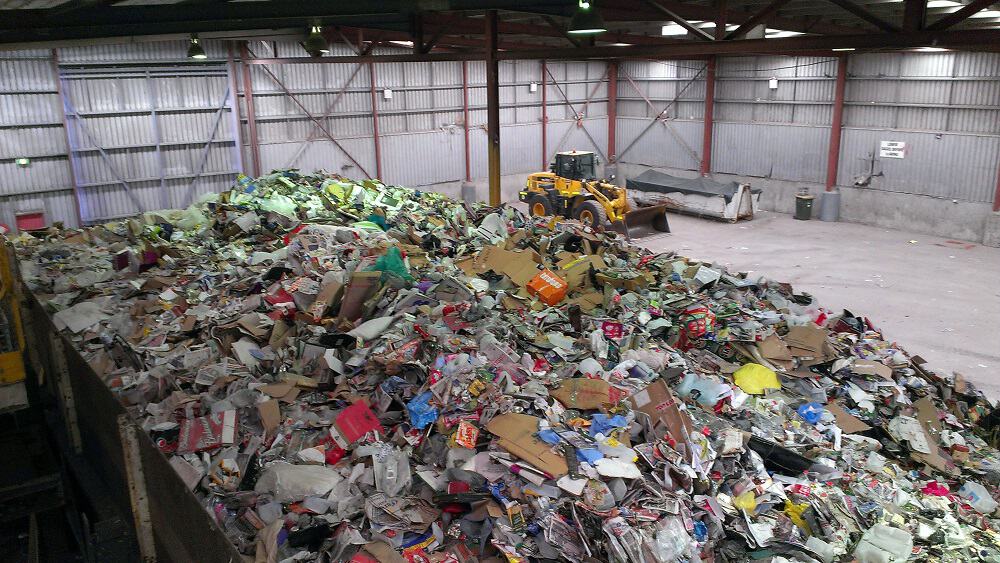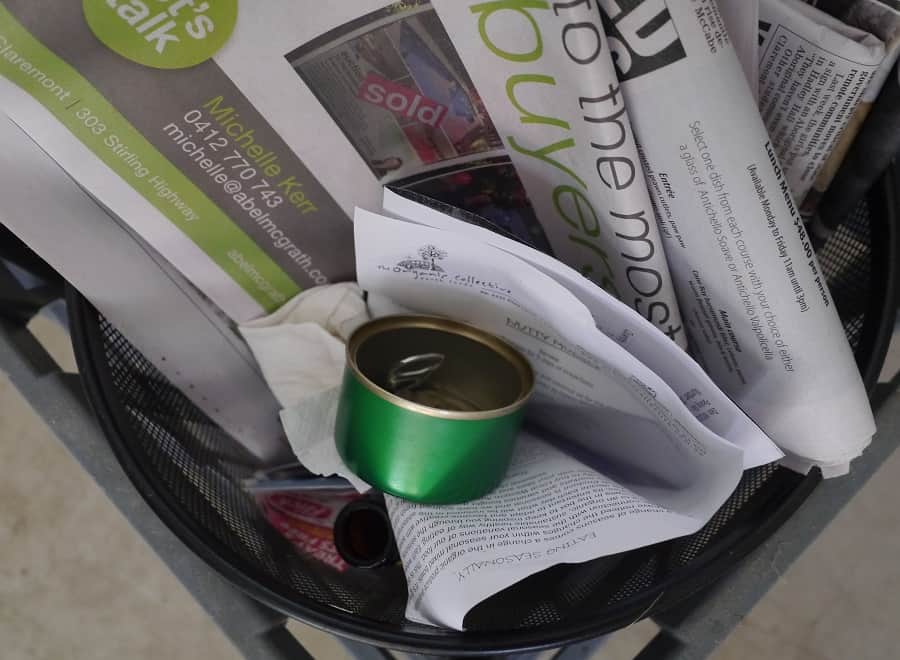Zero Waste Living: What about Recycling?
The idea behind zero waste is creating no waste, and sending nothing to landfill. That does not mean buying everything in recyclable packaging and simply recycling it, however! Recycling is not a perfect solution, and still uses huge amounts of resources and energy.
Many products (including all plastics) are not truly recycled either, but downcycled, meaning they become an inferior product of lesser quality. These are further downcycled, and eventually downcycled products will end up in landfill.
So no, the zero waste movement is not about recycling. Recycling is a last resort.
However, to create zero landfill waste and zero recycling would be a mean feat indeed, and I have not heard of a zero waster who does not recycle at least a little. We all do our best, and aim to recycle as little as possible, but it is extremely hard to produce no waste at all! (And yes, I do see recycling as waste.)
Whilst people living zero waste lifestyles often share pictures of their landfill trash (or lack of it!), sharing recycling is less common. It is, however, something that I (and I’m sure it’s the same for other zero wasters) get asked about a lot.
How much recycling do I produce in a month? Good question. I always say it’s the equivalent of a couple of waste paper baskets, but what does that actually look like – and what type of recycling waste does our household produce?
Well, let there be no doubts or misunderstandings! This is our entire recycling waste produced in one month – from 1st to the 30th April. We didn’t do anything differently; we didn’t set ourselves any challenges – although our observations did change our behaviour slightly, as you’ll see!

How Much Recycling Does a Zero Waste Home Produce in a Month?
As I said, I do not know how this compares to others, and I’m not particularly interested in comparisons. I want to do the best I can, and I’m always trying to improve. I’m definitely not perfect!
Days 1 – 10:
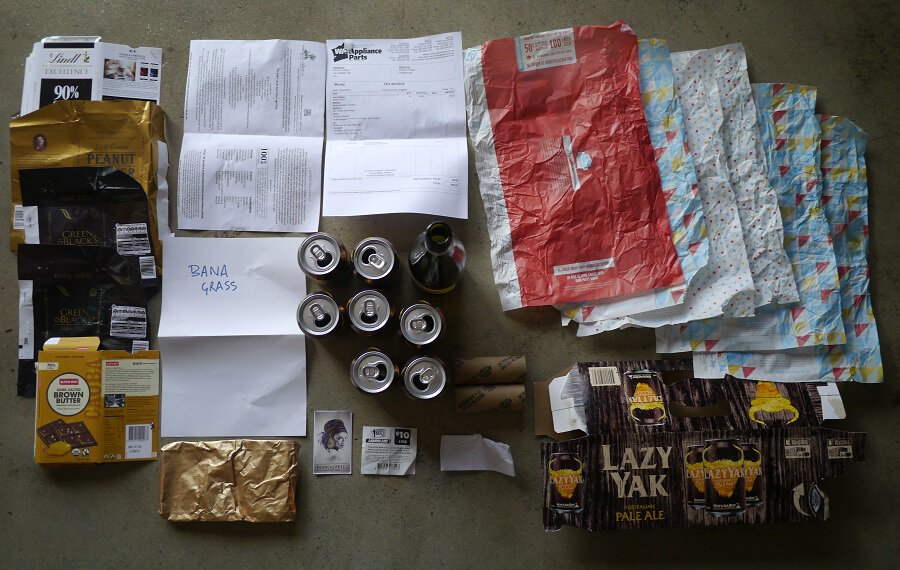
Zero Waste Home: Recycling Days 1 – 10
Looking at this you’d think all we consumed was beer, chocolate and toilet paper, wouldn’t you?! I feel I must defend myself. Except there is no defence!
- Yes, my husband and I did actually eat all 5 of those chocolate bars in 10 days (plus some bulk chocolate too, I’m pretty sure).
- The beer (which my husband drinks; I don’t like it) is a work in progress. There is a great little shop really close by that sells beer refills, and my husband does go there, but he still has a tendency to buy beer in packaging. Whenever I question him about it, he points out that he didn’t sign up for zero waste living, only the plastic-free part! One of his favourite brands has recently been made available in aluminium cans, which is great from a recycling point-of-view (all glass in WA is crushed into road base rather than being made into new bottles). However, lots of cans are BPA-lined, so the health aspect isn’t great. Although that could be said for drinking beer…
- No, we didn’t actually use that much loo roll in 10 days! I keep the paper for other uses, but my husband had a clearout of the cupboard. The two cardboard tubes are a more accurate! (I tend to keep these for planting seedlings, not sure why these are here.)
- The rest is a couple of invoices, a business card (nowadays I hand these straight back so this must be an old one) and a couple of scrappy bits of paper. The gold paper is from one of the chocolate bars (the others had aluminium foil, which I’ll come back to later).
Days 11 – 20:
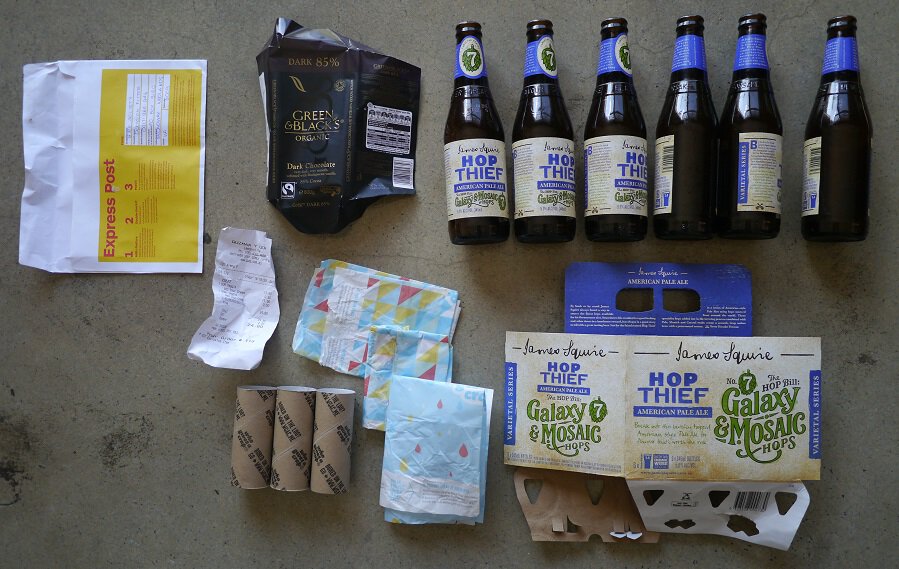
Zero Waste Home Recycling: Days 11 – 20
This period is better! I’ve controlled my chocolate consumption (I was a little shocked at the previous picture).
- Three rolls of toilet paper and their wrappers. Some zero wasters use “cloth” which means reusable fabric; my husband and I don’t – and there is no way I’d ever be able to persuade him to make the switch! (I’ve talked about this decision on more detail here.)
- More beer – this time in glass. The glass will get crushed and turned into road base which is a little depressing.
- One chocolate wrapper, one envelope that came in the mail and a receipt.
Days 21 – 30:
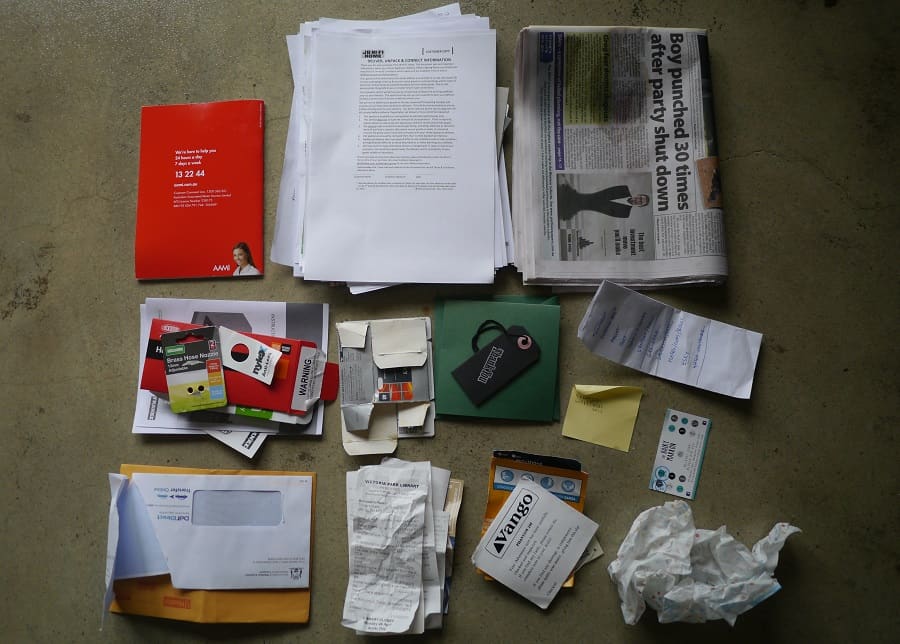
Zero Waste Home Recycling: Days 21 – 30
This looks like a lot (and it is).
- The big stack of papers on the top row in the middle are the result of my going through all of our folders. I do this every 6 months or so to remove all the unnecessary stuff. The pile is about an inch thick and contains old statements, letters, documents, notes, papers from some workshops that I ran, and receipts/invoices.
- The local newspaper – no idea where this came from but my husband is a fan of the community newspaper, so I guess he picked it up to read.
- An insurance brochure – uncovered whilst going through our folders.
- Random bits of cardboard packaging and instructions from when we moved in to our new home, including the packet the keys were in and instructions on how a draining board works. Useful stuff!
- A very old ibuprofen packet.
- A “Thank You” card that I didn’t have the heart to give back.
- A list, a post-it note and a loyalty card for somewhere we haven’t been since forever.
- Another toilet paper wrapper.
- The labels from my tent which were still attached to the bag – and I bought this in 2003!
- A small handful of receipts. I generally decline receipts but sometimes we need them and sometimes they sneak in.
- Two envelopes from mail that we received.
So that’s it – how much recycling we produced in 30 days. Except that’s not quite it. This is the stuff that was put into our bin for kerbside collection. There’s a little more that wasn’t… yet.
Aluminium Foil:
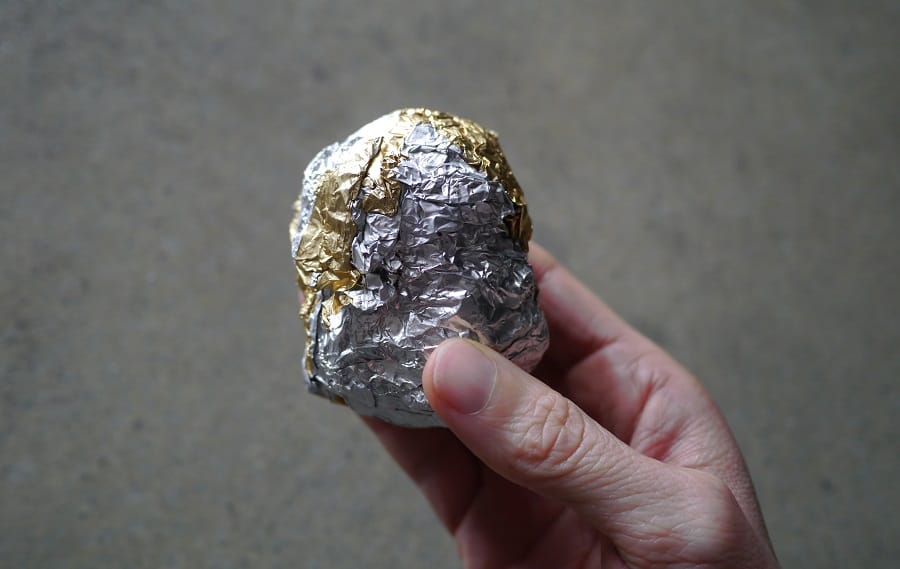
Zero Waste Home Aluminium Recycling from February to May
You may have noticed that I do have a small chocolate bar habit, and with each bar comes an aluminum wrapper. Aluminium can be recycled but single wrappers are a bit small for the machinery.
I save mine up until it’s a ball about the size of an Easter egg, and then I place that ball in the recycling. This is all the foil we’ve collected in 3 months (Feb – May). Once the ball is big enough it will go out for recycling.
Steel bottle tops:
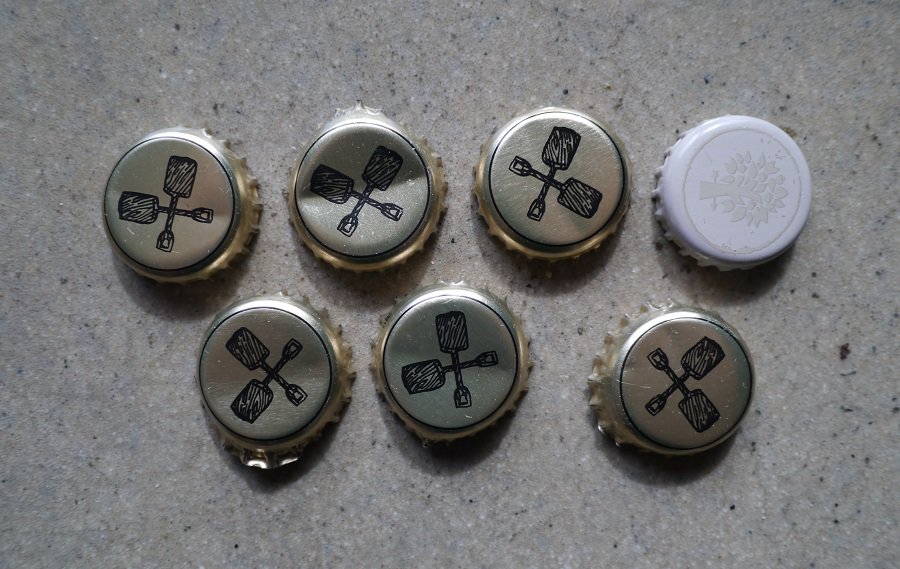
Zero Waste Home Steel Bottle Tops in April
Because my husband is switching to cans we have less of these. They can be recycled, but are so small that a single one will slip through the process. To recycle, collect in a tin can, and once the tin can is half full squish it in the middle to stop the bottle tops falling out. The can can then be put in the recycling and the tops should be recycled.
Soft and noisy plastic:
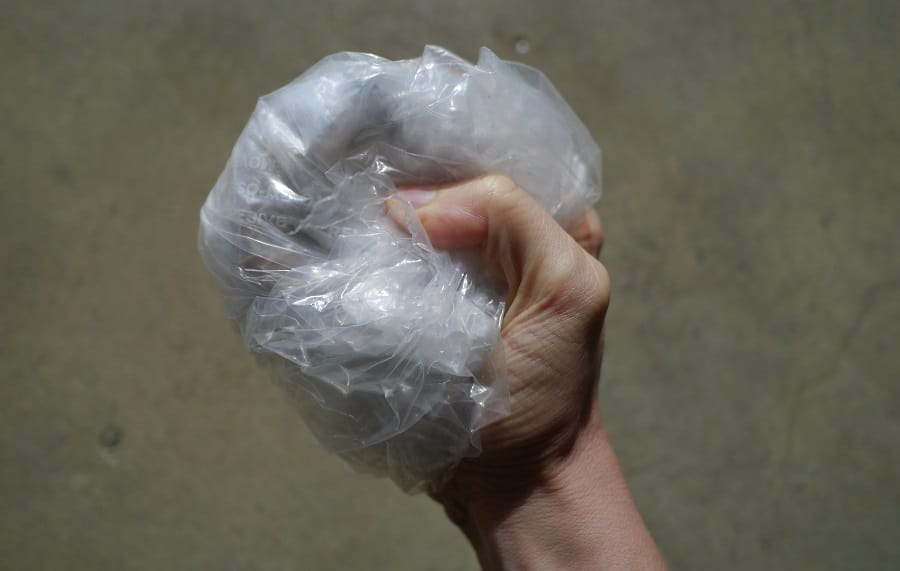
Soft and noisy plastic recycling Feb – May
Soft and noisy plastics can be recycled (or rather, downcycled into garden furniture) but they are often not recycled by kerbside collection systems. In Australia there are bins inside Coles supermarkets where these can be deposited.
I dislike plastic with a passion and try to avoid buying any, but the odd piece comes my way. I save it all up and then take it to the supermarket – usually a couple of times a year.
This is what I’ve collected since February (so 3 months) – it weighs 54g. It’s more than usual because when we moved in to our new home, the draining board, draining rack and chopping board were all wrapped in plastic.
What I’ve landfilled:
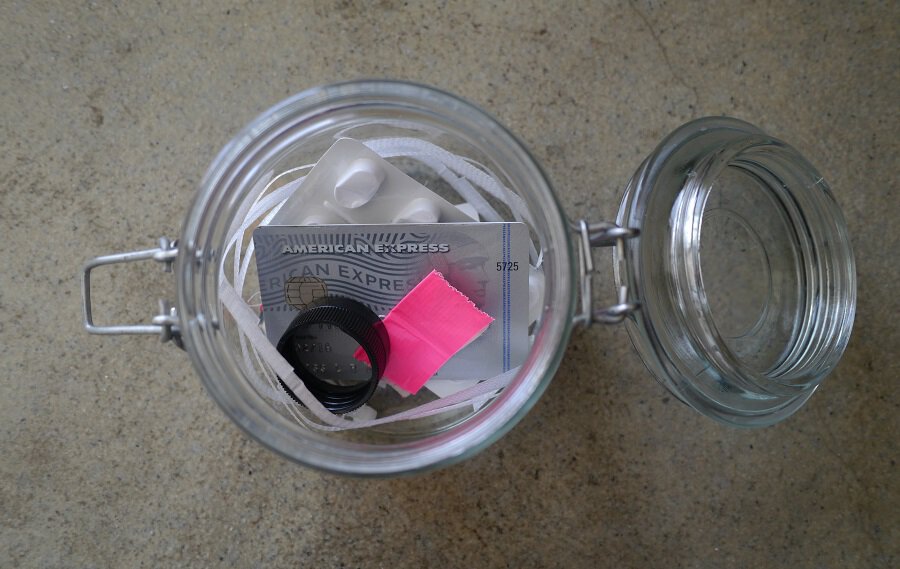
Two months of landfill waste
For completeness, I thought I’d add a picture of my landfill waste. I’ve been collecting it since March 1st this year. Previously I was reluctant to as I thought it was really gimmicky – but then I realised that it would be a useful visual prop when I give talks.
So this is two months worth of landfill. It contains: the backing from a sticker, a piece of pink tape (that was used to seal the thank-you card above), an old phone SIM card, an elastic band entwined with nylon fibre, an ibuprofen blister pack, an old credit card, two plastic bottle lids that have broken and some packing plastic binding.
There you have it – my complete recycling waste and landfill waste from my zero waste home for the last 30 days.
I’m not perfect, and I don’t claim to be.
If you can do better that’s great – and I’d love to hear your tips! On the other hand, if you think this looks impossibly inachievable, remember that I began my journey four years ago.
It’s taken me 4 years to reduce my waste to what I’ve shown you here. Personally, I’m pleased with how far I’ve come, and I hope that in the future I can reduce my waste even further.
Now I’d love to hear from you! Tell me – what did you think? Do you have any ideas how I could reduce my waste further? Can you spot any glaringly obvious areas for improvement? (Please don’t say “eat less chocolate” – I’ve already figured that one out!) Do you have any ideas where I can recycle the things in my landfill jar – particularly credit cards and sim cards as I suspect I’ll have more in the future? What do you think about the idea of people sharing their waste? Do you find it motivating or disheartening? Do you share your own waste progress (if so, tell me the link so I can have a look and maybe learn something new)? Any other thoughts? I really love hearing your thoughts so please leave a comment below!
[leadpages_leadbox leadbox_id=1429a0746639c5] [/leadpages_leadbox]

